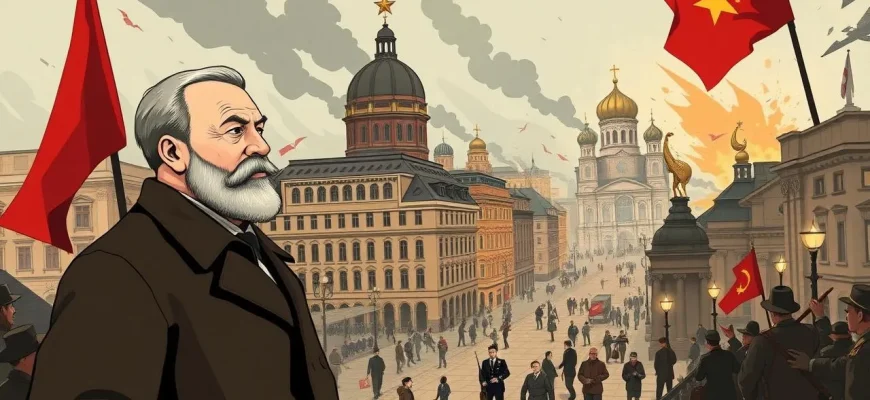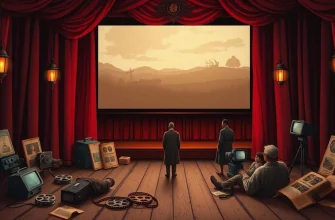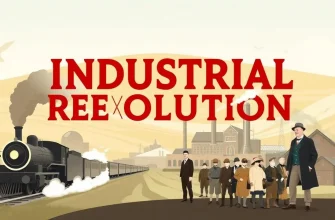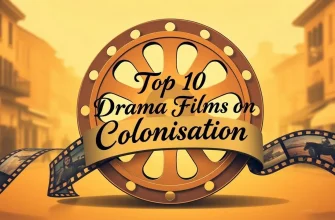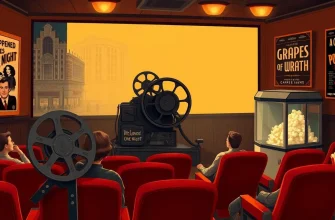The October Revolution of 1917 was a defining moment in world history, and its dramatic events have inspired numerous filmmakers to capture its essence on screen. This curated list of 10 films offers a cinematic journey through the turmoil, passion, and transformation of Russia during this revolutionary period. Each film provides a unique perspective, whether it's through the eyes of the revolutionaries, the common people, or the aristocracy, making this collection an invaluable resource for those keen to explore this epoch through the art of storytelling.
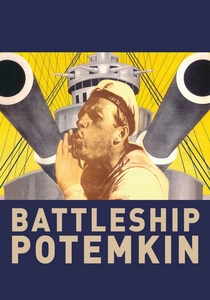
The Battleship Potemkin (1925)
Description: Although it focuses on the 1905 revolution, Eisenstein's film is essential for understanding the revolutionary spirit that led to the events of 1917.
Fact: The "Odessa Steps" sequence is one of the most famous scenes in film history.
 Watch Now
Watch Now
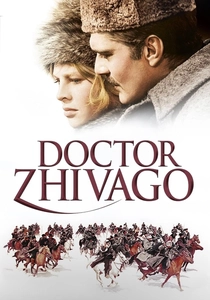
Doctor Zhivago (1965)
Description: While not exclusively about the October Revolution, David Lean's masterpiece captures the sweeping changes in Russia, including the revolution, through the personal story of Yuri Zhivago, a poet and doctor.
Fact: The film was banned in the Soviet Union until 1994 due to its portrayal of the revolution.
 Watch Now
Watch Now
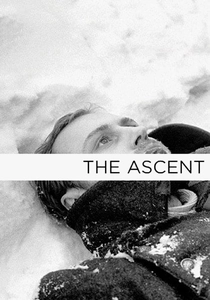
The Ascent (1977)
Description: Larisa Shepitko's film, set during World War II, reflects on the themes of betrayal and sacrifice, which were also prevalent during the October Revolution.
Fact: It won the Golden Bear at the Berlin International Film Festival.
 Watch Now
Watch Now

Reds (1981)
Description: Warren Beatty's epic drama delves into the lives of American journalist John Reed and his wife Louise Bryant, who were both deeply involved in the events of the October Revolution. This film stands out for its portrayal of the international impact of the revolution.
Fact: Warren Beatty won an Oscar for Best Director for this film, and it was nominated for 12 Academy Awards.
 Watch Now
Watch Now
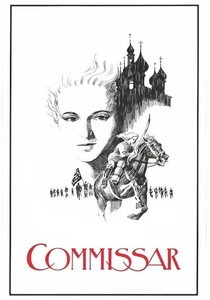
The Commissar (1967)
Description: Aleksandr Askoldov's film, set during the Russian Civil War, focuses on a female commissar who must leave her newborn child with a Jewish family, exploring themes of duty, motherhood, and the human cost of revolution.
Fact: The film was banned in the Soviet Union until 1987 due to its critical view of the revolution.
 Watch Now
Watch Now
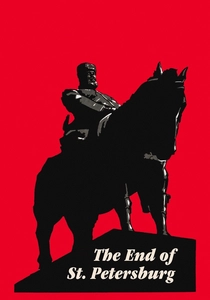
The End of St. Petersburg (1927)
Description: This silent film by Vsevolod Pudovkin is a classic of Soviet cinema, depicting the events leading up to and including the October Revolution from the perspective of a peasant who becomes a revolutionary.
Fact: It was one of the first films to use montage techniques to convey political messages.
 30 Days Free
30 Days Free
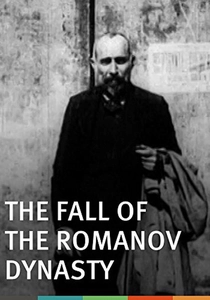
The Fall of the Romanov Dynasty (1927)
Description: This documentary-style film by Esfir Shub uses archival footage to portray the decline of the Romanov family and the rise of the revolution, offering a unique historical perspective.
Fact: It's considered one of the earliest examples of compilation films.
 30 Days Free
30 Days Free
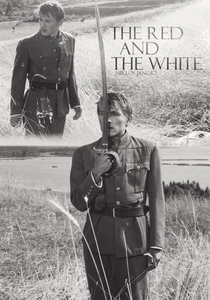
The Red and the White (1967)
Description: Miklós Jancsó's film, set during the Russian Civil War, captures the chaos and brutality that followed the October Revolution.
Fact: It was co-produced by Hungary, the Soviet Union, and Italy, reflecting an international perspective on the revolution.
 30 Days Free
30 Days Free

October: Ten Days That Shook the World (1928)
Description: Sergei Eisenstein's film is a landmark in Soviet cinema, focusing on the events of the October Revolution with a focus on the storming of the Winter Palace.
Fact: The film was commissioned to celebrate the 10th anniversary of the revolution.
 30 Days Free
30 Days Free

The Return of the Prodigal Son (1978)
Description: Andrei Smirnov's film explores the aftermath of the revolution through the eyes of a man returning to his homeland after years abroad, highlighting the personal impact of historical events.
Fact: The film was banned in the Soviet Union for its critical portrayal of the revolution's aftermath.
 30 Days Free
30 Days Free

